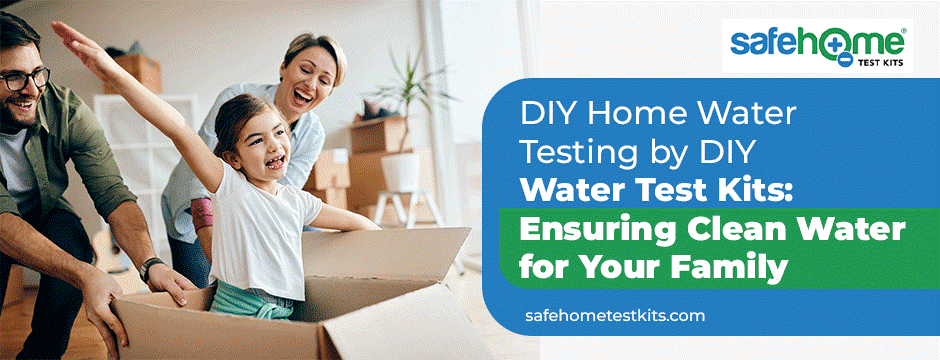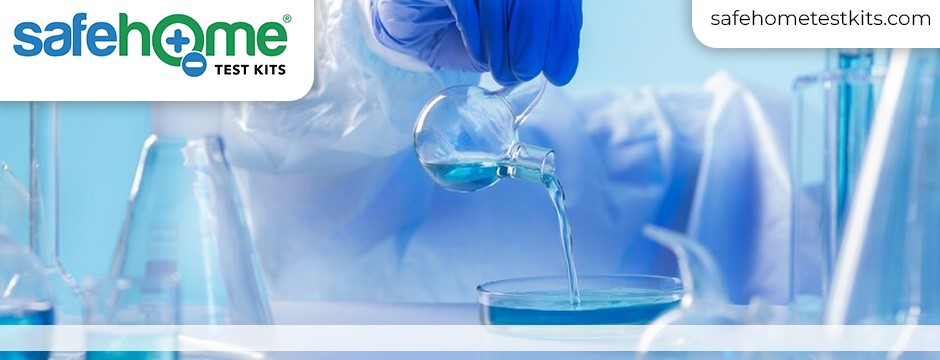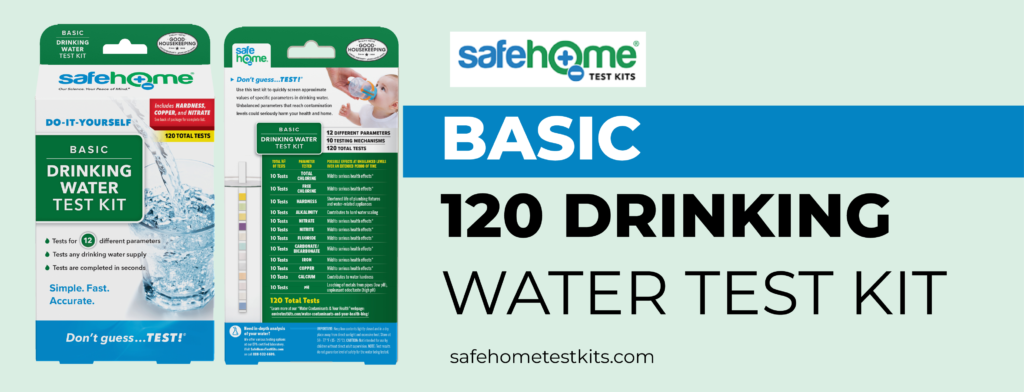DIY Home Water Testing by DIY Water Test Kits: Ensuring Clean Water for Your Family

Water is an essential element of life, and ensuring its purity is crucial for the well-being of your family. DIY home water testing using DIY water test kits has become increasingly popular, offering homeowners a convenient and cost-effective way to monitor the quality of their drinking water. In this comprehensive guide, we will delve into the importance of DIY home water testing, the benefits of DIY water test kits, and the steps to take to ensure clean water for your family.
Understanding the Need for DIY Home Water Testing
1. The Significance of Water Quality:
Clean and safe water is essential for drinking, cooking, and various household activities. Contaminated water can pose serious health risks, leading to waterborne diseases and long-term health issues. DIY home water testing serves as a proactive measure to identify potential contaminants and ensure the quality of the water your family consumes.
2. Potential Contaminants in Water:
Water sources can be susceptible to various contaminants, including bacteria, heavy metals, pesticides, and chemicals. These contaminants may not always be detectable by taste or smell, making it imperative to conduct regular water testing to identify any potential threats to your family’s health.
The Benefits of DIY Water Test Kits
1. Cost-Effective and Convenient:
DIY test kits are a cost-effective and convenient solution for homeowners. These kits eliminate the need for professional laboratory testing, saving both time and money. With easy-to-follow instructions, homeowners can perform the tests themselves and receive reliable results without the hassle of scheduling appointments or waiting for laboratory reports.
2. Comprehensive Testing Options:
These test kits are designed to offer comprehensive testing options, allowing homeowners to assess various aspects of water quality. Common parameters tested include pH levels, hardness, chlorine, lead, bacteria, and more. The versatility of these kits enables a thorough examination of your water supply, providing a holistic understanding of its quality.

Steps to DIY Home Water Testing
1. Selecting the Right DIY Water Test Kit:
Begin by choosing a DIY water test kit that suits your specific needs. Different kits are available for testing different parameters, so consider the contaminants you want to check for and select a kit accordingly. Common kits cover aspects such as general water quality, lead, bacteria, pesticides, and more.
2. Follow the Instructions Carefully:
Each DIY water test kit comes with detailed instructions. Follow these instructions carefully to ensure accurate results. The steps may involve collecting water samples, adding testing reagents, observing color changes, or using provided measurement strips. Adhering to the instructions is crucial for obtaining reliable data.
3. Testing Different Parameters:
Perform tests for various parameters based on the kit’s capabilities. Check for pH levels to ensure water acidity or alkalinity, assess hardness that may impact appliances, and test for contaminants like lead or bacteria. Some kits may also include tests for specific pollutants, giving you a comprehensive overview of your water quality.
4. Interpreting Results and Taking Action:
Once the tests are complete, interpret the results by comparing them to the kit’s guidelines. Results are often presented through color changes or numerical values. If any parameters fall outside the recommended levels, take appropriate actions such as installing water treatment systems, consulting professionals, or implementing measures to address specific issues.
Ensuring Clean Water for Your Family
1. Regular Testing Schedule:
Establish a routine for regular water testing. Testing once or twice a year may be sufficient depending on your location and water source. However, if you notice any changes in water taste, odor, or color, consider testing more frequently.
2. Maintenance of Water Treatment Systems:
If you have water treatment systems in place, ensure their regular maintenance. Follow manufacturer recommendations for filter replacements, cleaning, or servicing. Well-maintained systems contribute significantly to sustaining clean water quality.
3. Addressing Identified Issues Promptly:
If the DIY home water testing reveals any concerns, address them promptly. Consult with water quality professionals or follow recommended corrective measures outlined in the test kit instructions. Timely action is crucial for maintaining a consistently clean water supply.

Discover Water Quality with Safe Home® BASIC 120 Drinking Water Test Kit – (YOU TEST AT-HOME)
Introducing the Safe Home® BASIC 120 Drinking Water Test Kit – (YOU TEST AT-HOME), a comprehensive solution for understanding the quality of your daily water consumption. With a total of 120 tests, including 10 tests for each of the 12 crucial parameters, this kit empowers you to assess a wide range of elements, ensuring that your water meets the highest standards.
This DIY water test kit puts control back in your hands, providing rapid and accurate results for essential parameters such as chlorine, nitrite, fluoride, hardness, alkalinity, iron, pH, carbonate/bicarbonate, copper, nitrate, and calcium. In seconds, gain valuable insights into the safety and purity of your drinking water, as the kit comes complete with everything you need for easy testing.
This Water Quality Test Kit from Safe Home® is designed for simplicity, offering results without the wait. With its comprehensive nature, affordability, and ability to assess 12 crucial parameters, it serves as an effective and budget-friendly entry-level solution for testing drinking water. Trust in this kit for unparalleled peace of mind, ensuring your water is safe, pure, and of the highest quality – making it an ideal choice for households, small businesses, and more.
Conclusion: Empowering Homeowners with DIY Water Testing
DIY home water testing, facilitated by DIY water test kits, empowers homeowners to take control of their water quality. Regular testing not only ensures the health and safety of your family but also provides peace of mind, knowing that you are proactively monitoring potential contaminants. By selecting the right DIY water test kit, following instructions diligently, and interpreting results accurately, homeowners can play a pivotal role in ensuring clean and safe water for their families. Embrace the simplicity and effectiveness of DIY water testing to make informed decisions that contribute to the well-being of your loved ones.


